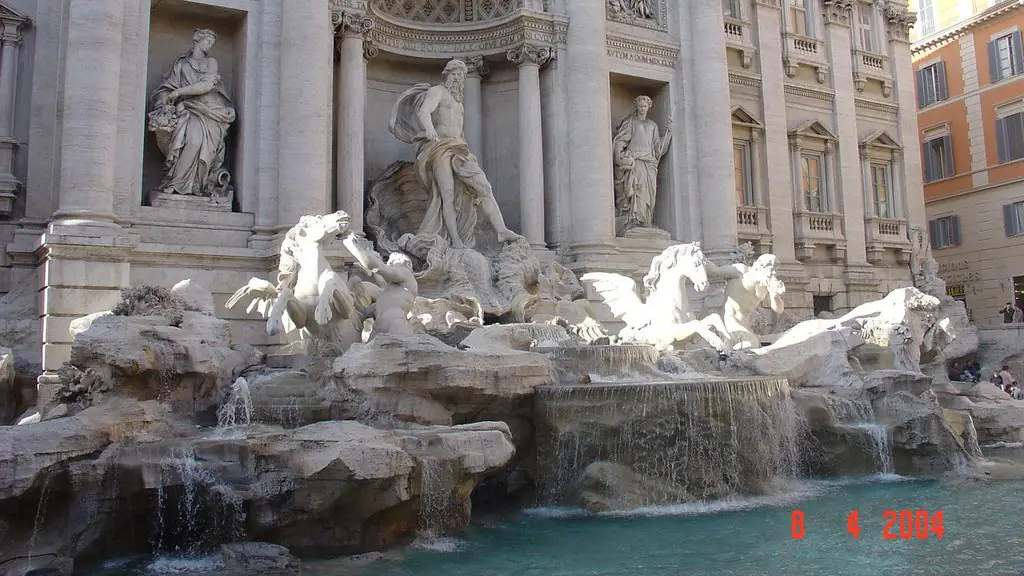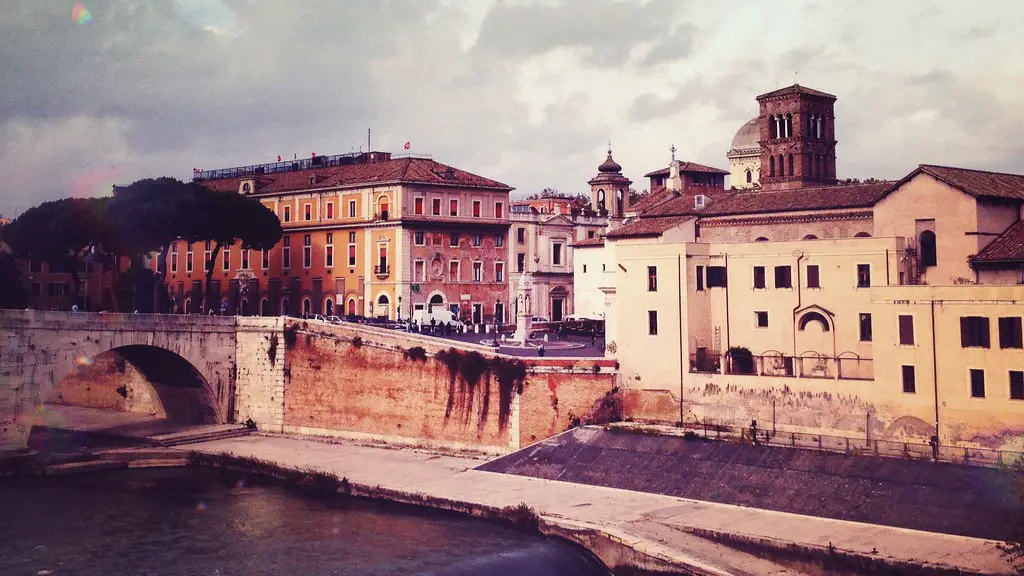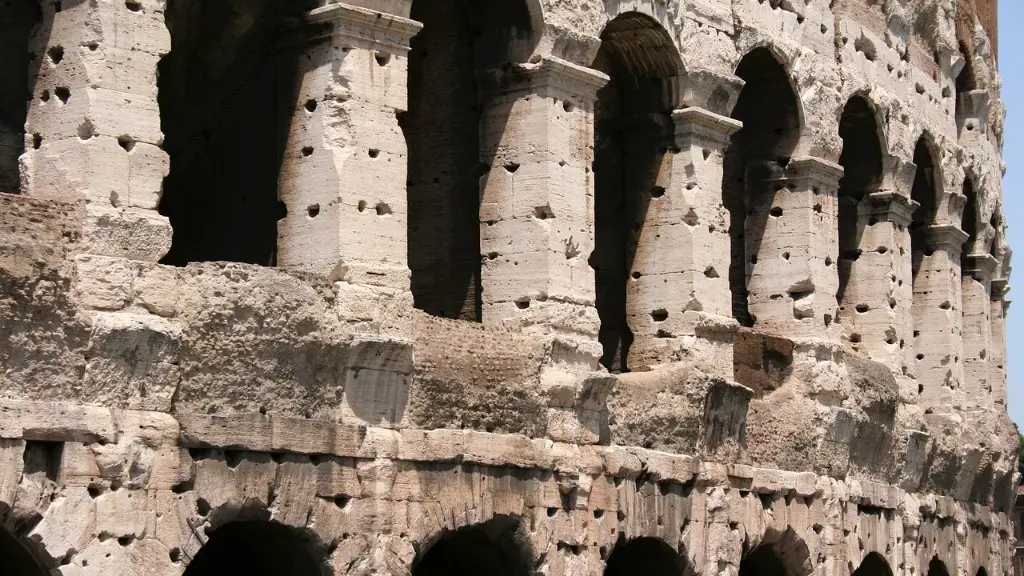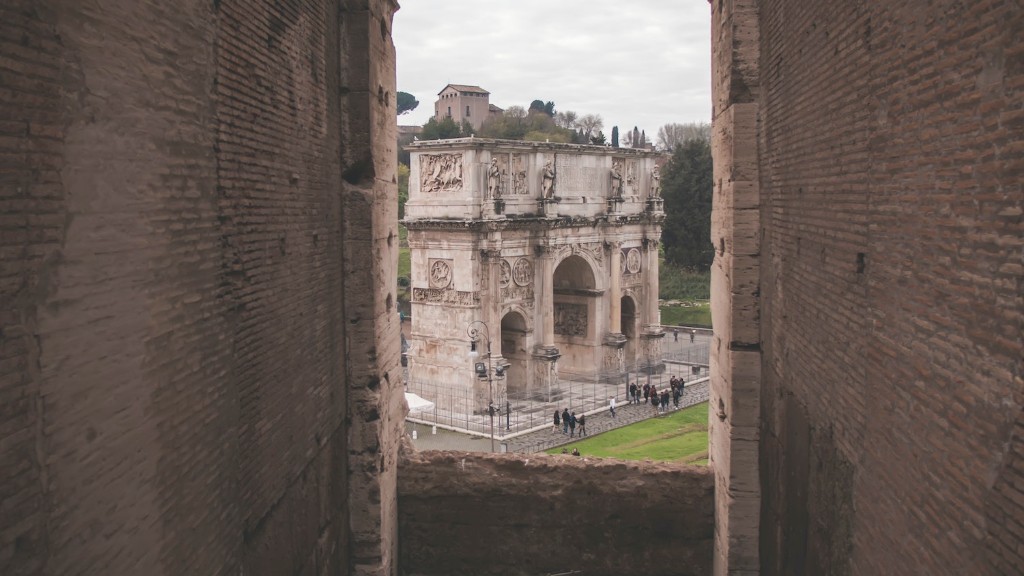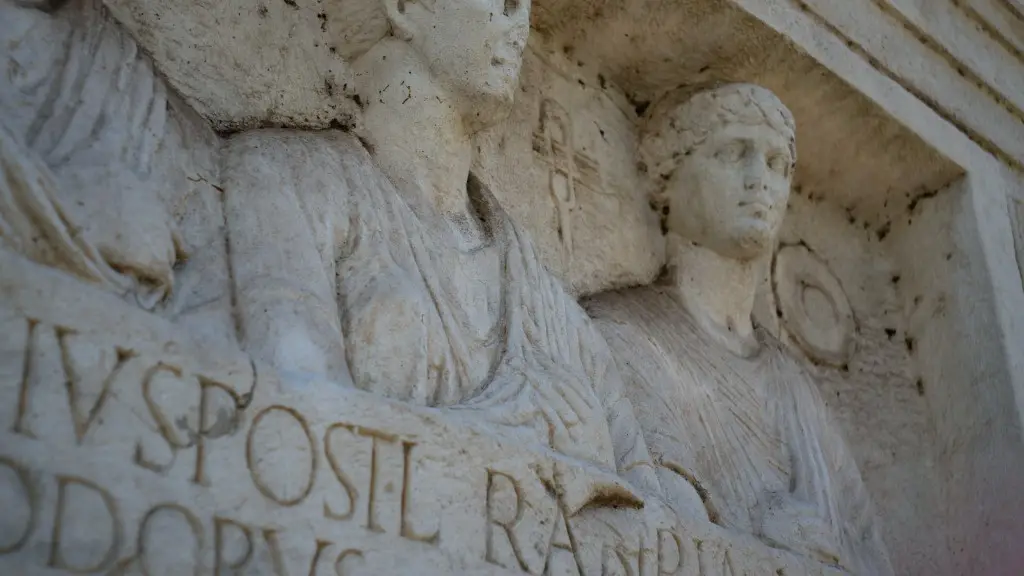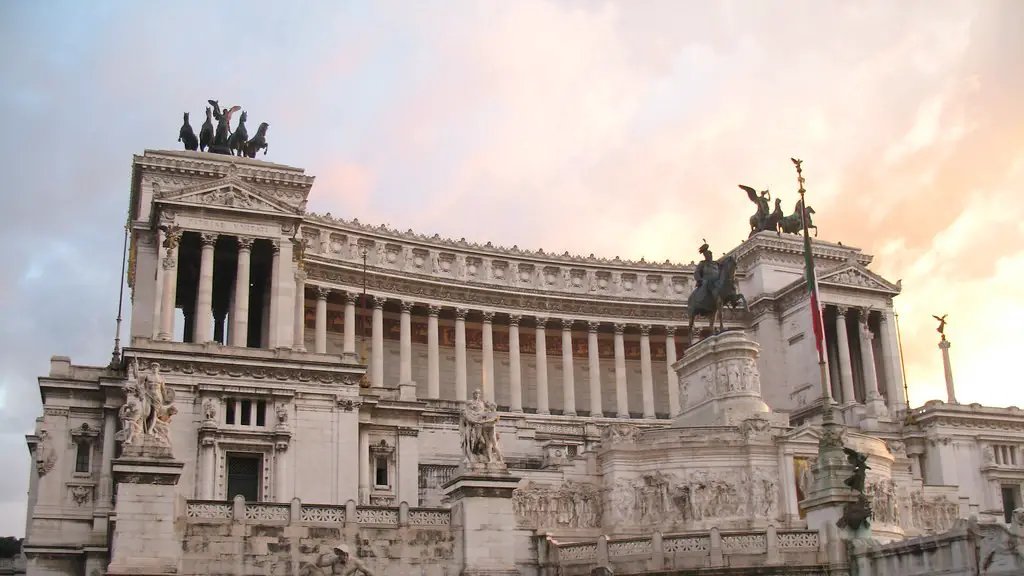Housing in Ancient Rome was an interesting and complex affair. Ancient Rome is perhaps the most iconic civilization in history, renowned for its grandeur and opulence, and housing was no different. As the pinnacle of a vast empire, Rome strove for elaborate, functional and comfortable living for its citizens at every level of society, from the emperor down to the commoner.
In Ancient Rome, the layout of homes was quite intricate; a typical, large urban home was composed of two distinct parts. Most homes had an atrium — a large, central room from which the other rooms branched out. This atrium was equipped with an open roof and pool in order to let in light, as the ancient versions ofwindows and doors were not very effective. The other main part of a Roman home was the peristyle, a large portico surrounding a garden which served as the home’s entrance. This was actually much more important than the atrium as, in Ancient Rome, appearance was paramount and the peristyle was where guests were received and showed off.
Homes of Ancient Rome were, for the most part, poorly insulated and lacked modern plumbing, heating and ventilation systems, which made life in the winter especially difficult. Furniture was also sparse. Although materials were fairly limited – largely marble, wood, and stone – Roman craftsmen still managed to craft incredibly intricate furnishings, such as beds, benches and tables, often decorated with detailed mosaics and carvings. Other pieces, such as beds, couches and chests, were made with little or no decoration, although they could still be quite luxurious.
The majority of people in Ancient Rome lived in insulae, multi-story dwellings which usually housed around 10 to 20 people on each floor. In each family home, the ground floor consisted of a shop, while the first and second floors featured the family’s living quarters. Insulae unfortunately had little to no ventilation and were notorious for fires, and despite their proximity, were not typically connected to any kind of sanitation system.
At the top of the Roman housing hierarchy were the mansions of the illustrious, wealthy elite. These luxurious dwellings were typically built on large, sprawling estates and complemented with extravagant gardens. Inside, these homes were filled with elaborate furniture and breathtaking decorations – from stunning frescoes to intricate mosaics – and even an atrium pool with marble pillars and elaborately carved statues.
Boasting unique architecture, an intricate social hierarchy and a renowned flair for extravagance, Ancient Rome was a village of distinct and individual homes. From the opulent dwellings of the affluent upper class to the basic, cramped living quarters of the common family, Ancient Roman housing truly reflected its values and celebrated the status of its citizens through the design and layout of its dwellings.
Decoration and Luxury
For the wealthy citizens of Ancient Rome, luxury was key. Homes of the wealthy elite were often decorated with beautiful, precious items that showcased their wealth and status in society. This included finely crafted furniture, mosaics, and elegant frescoes, which made the interiors visibly stand out from the homes of the common folk.
Mosaics were particularly prized for their ability to transform an otherwise plain wall into something intricate, lavish and aesthetically pleasing. Designs often featured intricate patterns, animals, and even images of the gods and goddesses. Additionally, the interiors of some homes featured sculptures and statues, which could be of familiar figures or even those of mythical gods and goddesses.
Frescoes were also popular in the homes of the wealthy elite. Used to brighten and add a sense of grandeur to the living space, these were a form of wall art, painted onto freshly moistened plaster and often decorating the home’s walls and hallways.
Overall, the level of luxury in the homes of Ancient Rome’s wealthiest citizens was quite spectacular, showcasing the talent and opulence of one of history’s most iconic empires.
Urban Housing and Infrastructure
The architecture and infrastructure of Ancient Rome was another defining aspect of its housing. In order to accommodate its massive population — estimated to be between one and two million at the city’s peak — the Roman Empire had to build a vast network of roads and aqueducts. This provided citizens with access to water, trade, services and entertainment.
In terms of urban housing, most of the city’s population lived in insulae, multi-story dwellings which usually housed around 10 to 20 people on each floor. This allowed multiple families to conveniently share a single building and enjoy the benefits of living in the city, while also having a certain degree of privacy. Unfortunately, the lack of modern plumbing and ventilation in these spaces made them incredibly uncomfortable in the summer.
One issue that Ancient Rome faced was a high rate of poverty, with the lowest class of citizens — the proletariat — having limited access to housing and other basic amenities. This often meant living in cramped, dilapidated homes, sometimes with several other families. This also resulted in a prevalence of homelessness, with indentured servants, refugees and other displaced people living on the streets of the city.
In response to this, the Roman Empire established a welfare system to provide the poorest of its citizens with basic food, clothing, and housing. This system, though primitive by modern standards, provided some much needed relief to those in need.
Environmental Conditions
The environment in Ancient Rome also heavily impacted its housing. Living environments were typically hot and humid due to a lack of proper insulation, ventilation and air conditioning. This combined with poor sanitation, overcrowding and lack of space, made life in the city uncomfortable and even dangerous in some cases.
In the summer, humidity and heat could often cause severe dehydration, while in the winter, houses had little to no insulation. This caused extreme cold and dampness, which exacerbated the already cramped and inadequate housing available. These environmental conditions made life quite challenging for citizens of Ancient Rome, and not all of them were able to survive these extremes.
Another environmental issue in Ancient Rome was its treacherous sewer system. Most homes did not have proper sewage systems in place, instead disposing of their wastewater directly into the surrounding environment. This caused a number of illnesses, including the infamous and deadly Antonine Plague, which killed an estimated five million people from 165 to 180 AD.
Urban Planning
In terms of urban planning, Ancient Rome was incredibly advanced and organised. Throughout the city, wide roads and open public spaces allowed for quick and easy transportation and communication between residents. The layout also featured large marketplaces and many sources of entertainment, such as festivals, plays and circuses.
The Roman Empire was also the first civilisation to provide its citizens with a sense of public safety, by constructing a system of walls and gates that separated the city from potential threats. This system gradually evolved into what we now know as city walls and gates, which are still present in many European cities today.
Additionally, the Roman Empire also prioritised hygiene for its citizens. In each neighbourhood, public baths were provided which allowed citizens to wash and socialise. This was especially useful in the summer, as it helped to eliminate a number of illnesses caused by heat and humidity.
Overall, Ancient Rome was ahead of its time in terms of urban planning. Its advanced infrastructure provided a safe, organised and luxurious environment for its citizens, and its housing was a testament to its sophistication and opulence.
Religious Influence
Religion was also a prominent factor in Ancient Roman housing. Most citizens worshipped several gods and goddesses, and homes typically featured altars dedicated to these deities. Additionally, buildings with religious or cultural significance were also often built at certain points throughout the city in order to honour the gods.
Religion also influenced the overall feel and aesthetic of Roman homes. Vibrant murals and decorations served to honour the gods, while well-crafted furniture, inlaid with gemstones, symbols and pictures of the gods, was often used to decorate the home’s atrium. Lastly, religious symbols, such as the meander pattern, were carved into columns and walls to give each home a unique touch.
In Ancient Rome, the divine power of its many gods was omnipresent and its citizens venerated them with an almost fanatical fervour. Religion was so deeply imbedded in Roman culture that it became an inseparable part of its housing, and every home in the city was a testament to its devotion to the gods.
